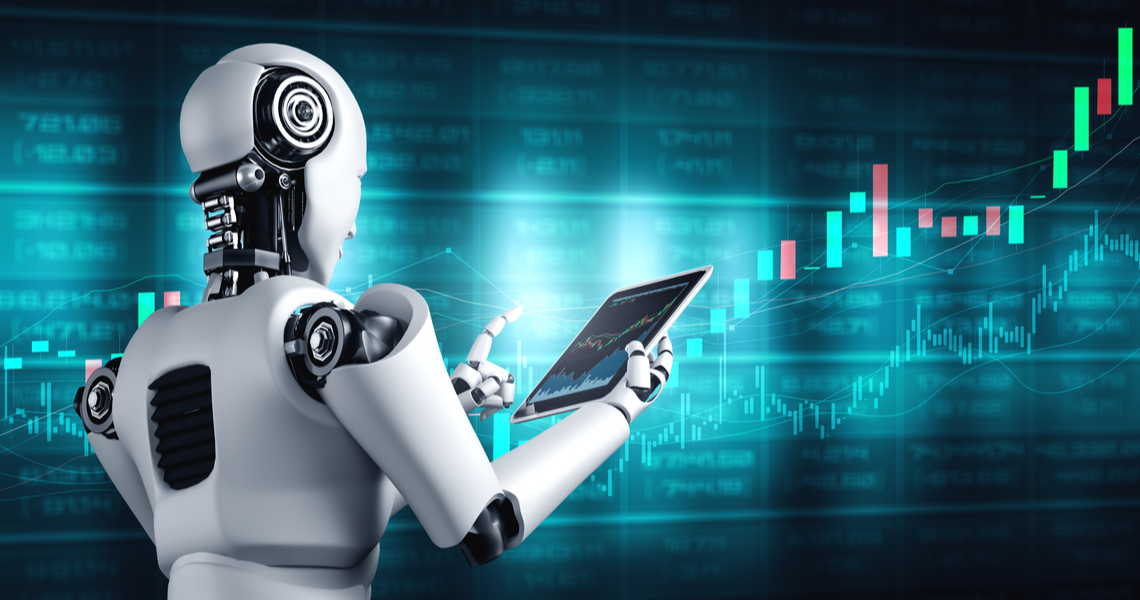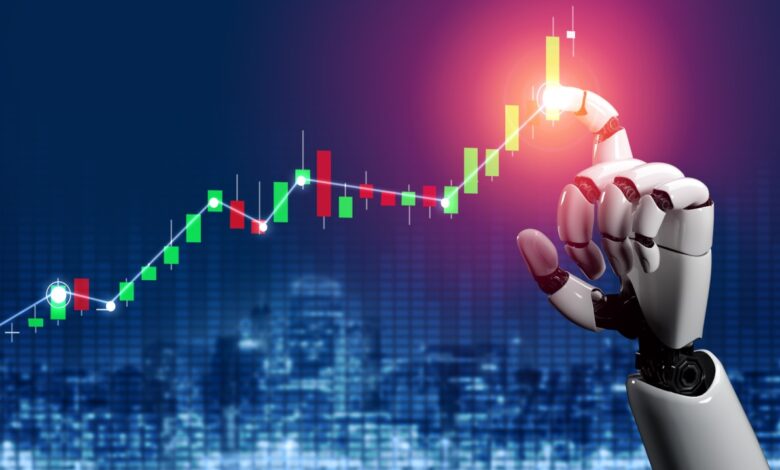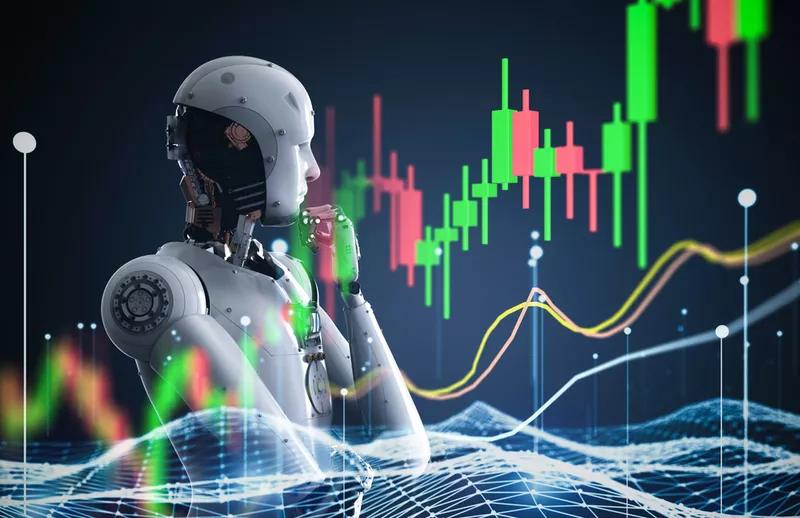Artificial Intelligence has captured headlines in every industry, but one field where it’s poised to make a seismic impact is financial trading. The promise of AI in trading isn’t just about creating profitable strategies but also reshaping the landscape of financial markets by introducing tools that can analyze, predict, and adapt at a pace and accuracy humans can only dream of. But can AI truly enter the trading realm in a way that makes a lasting impact?
1. AI’s Unique Edge in Trading: Why It’s So Powerful
AI’s appeal in trading lies in its capability to process vast amounts of data and identify patterns far beyond human reach. Financial markets generate immense quantities of data every day—price movements, trading volumes, economic indicators, global news, social media sentiment, and even weather patterns. Humans can interpret a portion of this, but AI can sift through everything in real-time.
AI-based algorithms are also capable of machine learning—a self-optimizing process where the AI becomes increasingly skilled over time. The more data it consumes, the better it can recognize trends, anticipate shifts, and generate profitable trades.
Imagine an AI-powered trading system that continuously learns from every tick in the market, analyzing not only prices and volumes but also sentiment shifts from global news and social media. When millions of data points are processed every second, strategies become increasingly nuanced, allowing AI to detect opportunities and risks that would be invisible to most traders.

2. The Birth of Intelligent Strategies: How AI Develops Vital Trading Tactics
AI isn’t just capable of following a strategy; it can create strategies that evolve with changing market conditions. Here’s how AI-powered trading strategies are built:
Predictive Analysis and Forecasting
With sophisticated machine learning models, AI can forecast short-term price movements with a high degree of accuracy by analyzing historical data, trends, and market signals. This includes things like mean reversion strategies, momentum strategies, and sentiment analysis. AI-driven forecasts are not just educated guesses—they’re predictions based on millions of data points.
Sentiment Analysis for Market Mood Swings
One critical AI strategy that has gained traction is sentiment analysis, which assesses public opinion by analyzing news, social media, and financial reports. AI can capture the “market mood” and adjust its trading strategy accordingly. For instance, a sudden increase in negative sentiment on a particular stock could lead the AI to short it before others even realize the stock’s potential risk.
High-Frequency Trading (HFT)
AI shines in the high-frequency trading (HFT) space, where rapid execution and microscopic analysis of market trends can make a significant impact. In HFT, even a millisecond delay in execution can mean the difference between a profit or loss. AI can process trades in microseconds, constantly scanning the markets and making adjustments.
Portfolio Diversification and Risk Management
AI isn’t just about finding the next big trade; it’s about managing risk and maintaining a balanced portfolio. Machine learning models can optimize portfolios by analyzing correlations, risks, and asset performance. By consistently reallocating based on new data, AI helps traders achieve steady returns while avoiding overexposure to a single asset.

3. Real-World Impacts of AI-Driven Trading Strategies
If AI can develop game-changing strategies, what does this mean for the financial world?
Greater Efficiency and Liquidity in Markets
AI improves market liquidity by making a high volume of trades and reducing bid-ask spreads. More liquidity means better price discovery and less volatility, benefiting all investors.
Democratizing Access to Advanced Strategies
In the past, sophisticated trading strategies were confined to hedge funds and large institutions with enormous data processing capabilities. AI-powered trading platforms have made these strategies accessible to smaller firms and individual investors, leveling the playing field and reducing barriers to entry.
Raising Ethical and Regulatory Questions
AI-driven trading raises ethical and regulatory concerns as well. When decisions are driven by AI algorithms, there’s the risk of “flash crashes” caused by algorithms reacting in unpredictable ways. Regulators are increasingly watching AI’s role in trading, and there may be new policies developed to ensure fair, transparent practices.
4. Challenges AI Faces in Trading
AI in trading isn’t without its challenges. Markets are unpredictable, and while AI can make well-informed predictions, it’s not infallible. For example, during black swan events—like financial crises or sudden geopolitical conflicts—AI models that rely on historical data might fail to anticipate unprecedented scenarios. Additionally, the complexity of certain AI models makes them difficult to interpret, meaning investors might not fully understand the reasoning behind a trade.
5. So, Can AI Make a Serious Impact on Trading?
The answer is a resounding yes! AI is more than capable of transforming trading through powerful, data-driven strategies that adapt and evolve. While there are challenges, the advantages AI brings—speed, data-driven insights, adaptability—position it as a formidable force in the financial world.
AI isn’t replacing human traders; it’s enhancing them. By handling data and providing insights at an unprecedented scale, AI allows traders to make smarter, more strategic decisions. This symbiosis of human intuition and AI efficiency could be the recipe for the future of trading—a future where AI-driven strategies not only make profits but change the financial world as we know it.

Conclusion
AI has entered the trading arena not just to compete but to redefine how strategies are created, optimized, and executed. With continued advancements in machine learning, neural networks, and natural language processing, AI-powered trading is on a trajectory to make a lasting impact. The trading floor of the future might look very different—and thanks to AI, it might be a lot more exciting.
Read my blogs here
Follow me on Linkedin
